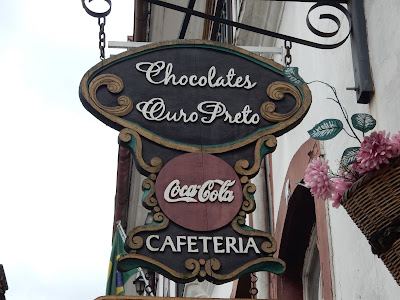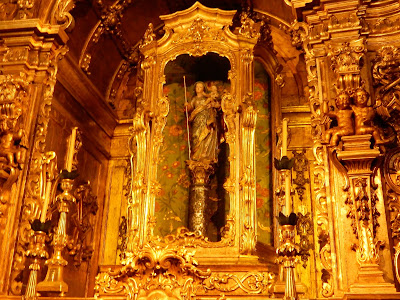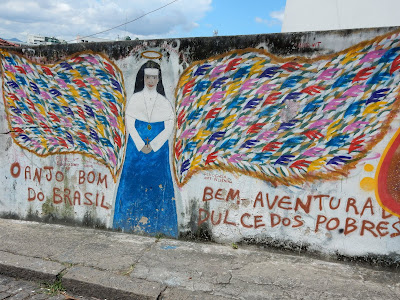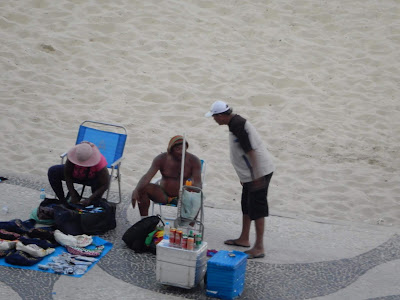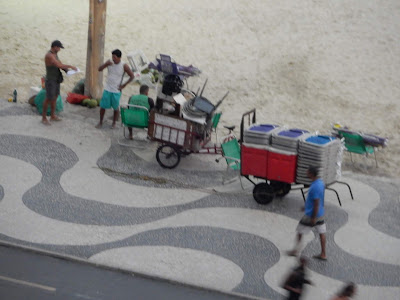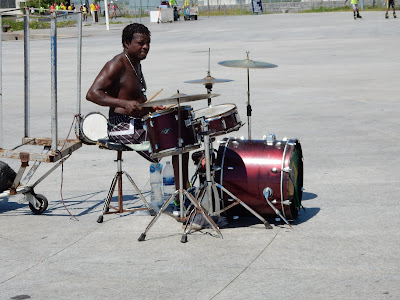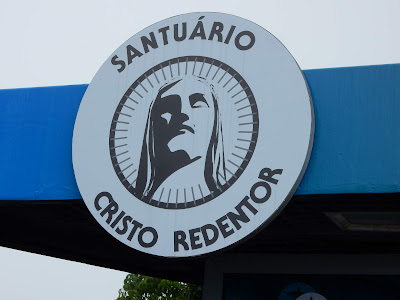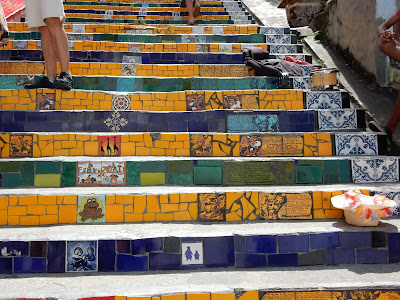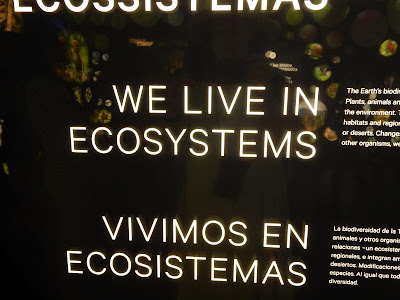RIO DE JANEIRO
HISTORY OF BRAZIL
Very little is known about the history of Brazil before 1500, when Europeans first traveled there. Archaeological remains, which consist mainly of pottery suggest a number of complex societies that were in existence long before the colonialists arrived. 300 years of Portuguese colonization, Brazil became a republic in 1889, and a democracy in 1989. Democracy, has been hard to maintain, and Brazil’s history has been pervaded by coups’d’etat and dictatorships.
Officially, the land was named for pau-Brasil (Paubrasilia echinata), or Brasil wood, a tree yielding a valuable red dye.
In Gaelic legends St Brendan as Hy Brazil; (Blessed Land in Gaelic) which was a land in the Atlantic, may have identified as with Brendan’s Brazil.
Amerigo Vespucci explored the territory in 1501, leading to the settlement of Guanabara Bay (Rio de Janeiro) in 1530. In 1532, sugar replaced Brazil wood, which was wiped out as a result of over-exploitation, as a major export.
The indigenous people who did not convert to Christianity were enslaved and sent to work in sugar plantations. It was exported from the first capital Salvador. From the 1550’s the landowners turned to Africa, importing millions of slaves.
The decline of the sugar industry coincided with the discovery of gold in 1695. The focus of development moved from sugar to gold, and Rio de Janeiro became the capital in 1763. The gold rush lasted for 70 years.
Coffee was introduced to Brazil in the early 1800’s, filled the void left by the sugar industry.
Slavery was abolished in 1850 when British and domestic pressure finally forced the Brazilian government to outlaw the African slave trade.
Rio de Janeiro was first discovered by European explorers on January 1, 1502. They mistook the huge Guanabara Bay for the mouth of a river (Rio) and called the site “River of January”, thus giving the city its name. Rio is one of the world’s most beautiful and vibrant cities, and is the number one tourist spot in Brazil. Its unique setting, with dramatic mountains and beaches at its very center, sets it apart from the other great cities of the world. Samba and Bossa nova make for a heady mix that is impossible to ignore.
Rio de Janeiro covers an area of 473 square miles, 6.5 million people, second to São Paulo.
Monastery of St. Benedict
Benedictine monks from Bahia founded the St. Benedict monastery in 1590 and much of the historic building has been untouched since it was built between 1617-1641.
The exterior of the main building is simple and gives no hint of the gilded Baroque interior.
Fredi Domingos da Conceicao carved the main altar, and the painting displayed on it. I attended a full Gregorian chant Mass at 10AM on Sunday. This was the last Mass I would be able to attend for a long time due to the coronavirus.
Santa Teresa
At the top of the Santa Teresa hill, the neighborhood of Santa Teresa offers a magnificent view of the city.
Its colonial charm has been retained through a resistance to development. Winding cobbled streets, old mansions, and an artistic hot spot make it popular. The Santa Teresa convent built in the 18th century , cloistered nuns, was the namesake of this area. There is a streetcar that still runs ,
and its the last one of the many streetcars that used to crisscross the city.
Sugar Loaf Mountain
 |
The haze that circles around the mountain gives an ethereal view
|
Guarding the entrance to Guanabara Bay, the monolithic granite and quartz Sugar Loaf rises 1,300 ft above the sea. From the summit, it is easy to understand why the early explorers believed that they had sailed into the mouth of a great river. Sugar Loaf takes in two mountains.
 |
These were the views on top of Sugar Loaf.
|
The current cable car system carries as many as 1,360 passengers every hour. It originally opened in 1912.
James Bond’s Moonraker in 1979 , Sugar Loaf and the cable car
formed the backdrop for a main action sequence in Moonraker.
 |
At the base of Sugar Loaf is a military installation
|
Copacabana
One of the world’s most iconic beached is the center of Rio’s tourist trade. The name Copacabana or “Copacabana Caguana” (Luminous Place) in Quechua, and ancient language still spoken in Peru.
Ipanema
Almost as famous as Copacabana, Ipanema shot into the limelight in the 1960’s with the famous song written by Antonio Jobim and Vinicius de Morales, “The Girl From Ipanema” The name of the area is from the native Tupi-Guarani who called this area Y-Panema , or “rough water”.
Corcovado mountain and Christ the Redeemer

So this is the cable car which is not crowded and loaded with CV19 germs, I’m sure!
The 2,316 ft mountain derives is name from corcova(hunchback) , which describes the physical appearance of the mountain itself. On the summit, the iconic Christ Redeemer statue over Rio, and is Brazil’s most recognizable landmark.
 |
Copacabana and Ipanema beaches
|
It was officially inaugurated in 1931 to mark the centenary of Brazil’s Independence. The statue sits in the center of the tropical jungle of Parque National da Tijuana’s.
 |
There were two baptisms that day in the chapels on top
|
Having been shipped from France to Brazil, the 98 ft statue was faced in limestone and hauled up the mountain by rail. The head alone weighs 30 tons.
Local Artist Lived Here and Tiled and Painted

Even a Texas Tech Tile

Look at this tourist!!
 |
Wonderful fun area
MUSEUM OF TOMORROW
|
Different kind of Science museum built with ethical pillars of Sustainability and Coexistence. Profound transformations in whichever we live and possible paths for the next 50 years. A journey toward potential futures starting from the big questions that have been asked by Humanity
 Built by Spanish neofuturistic architect Santiago Calatrava, next to the waterfront at Pier Maua. December , 2015
Built by Spanish neofuturistic architect Santiago Calatrava, next to the waterfront at Pier Maua. December , 2015
 |
The Churinga pledge
|
These beautiful creatures are becoming extinct....
 |
Our water is not pure
|
Brazil is the largest manufacturers of shoes and footwear in the world. The most famous brand if Havaianas and Grendha.
MARKET
 |
My favorite concierge
|
 |
MY WONDERFUL GUIDE MARCELLO
|
Eating in the market....
 |
One of the great coconut water stands.
|
SAYING GOODBYE TO A WONDERFUL ADVENTURE






 Built by Spanish neofuturistic architect Santiago Calatrava, next to the waterfront at Pier Maua. December , 2015
Built by Spanish neofuturistic architect Santiago Calatrava, next to the waterfront at Pier Maua. December , 2015







